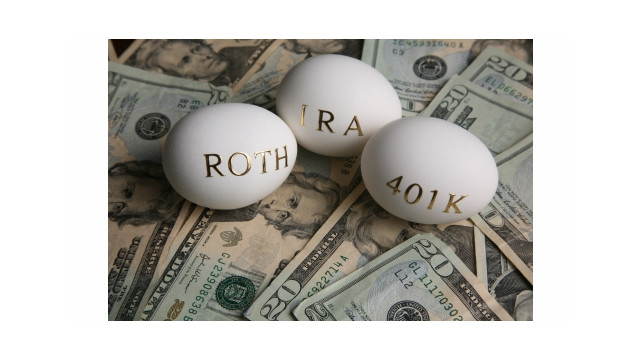Taxes
Highlights of SECURE Act 2.0 for Individuals
SECURE Act 2.0 includes numerous significant provisions affecting individual retirement savers. Following is a brief roundup of several key changes.
Jan. 27, 2023

SECURE Act 20 is finally here. The long-awaited upgrade to the initial legislation known as the Setting Every Community Up for Retirement Enhancement (SECURE) Act, passed in 2019, was signed into law on December 29, 2022. SECURE Act 2.0 includes numerous significant provisions affecting individual retirement savers. Following is a brief roundup of several key changes.
Higher RMD age threshold: Generally, participants in qualified retirement plans like 401(k)s and IRAs must start taking required minimum distributions (RMDs) after reaching age 72. The first SECURE Act upped this threshold from age 70½. Now SECURE Act 2.0 boosts it to age 73, beginning in 2023. Even better: After ten years, the threshold will increase to age 75 in 2033.
Lower RMD penalty: If you fail to take an RMD in time, you may be assessed a severe tax penalty equal to 50% of the amount that should have been withdrawn (minus any amount actually withdrawn). The new law cuts the penalty in half to 25% of the shortfall for tax years beginning after the date of enactment. And it may be reduced all the way to 10% if the omission is fixed right away.
Penalty-free emergency distributions: Usually, a 10% penalty applies on top of regular income tax to distributions from a retirement plan or IRA, unless a special exception applies. Beginning in 2024, you can take emergency distributions without penalty of up to $1,000 a year from a retirement account to cover certain financial needs. However, if you don’t repay the distribution within a specified time, you can’t take another such distribution for three years.
Bigger catch-up contributions: The tax law allows you to add catch-up contributions to 401(k) plans, subject to an annual limit, if you’re age 50 or older. Beginning in 2025, the new law increases the limit for these extra contributions from $7,500 to the greater of $10,000 or 50% more than the regular catch-up limit if you are aged 60 through 63 (indexed for inflation). Other increases apply to catch-up contributions to IRAs and SIMPLE plans.
Roth 401(k) catch-up contributions: With a Roth 401(k) plan, your contributions are made with after-tax dollars, but future payouts are generally tax-free. The new law requires catch-up contributions for 401(k)s to be made to Roth accounts if you have wages above $145,000 (indeed for inflation). Special benefit: Lifetime RMDs will not longer be required for these accounts, beginning in 2024.
New retirement saver’s match: Some employees may be entitled to a retirement saver’s credit for making contributions to a qualified plan or IRA. The new law replaces this credit with a matching contribution—by Uncle Sam—equal to 50% of the amount contributed to your retirement account, up to $2,000. Caveat: Certain certain income limits and a phase-out rule apply.
Special rule for QCDs: Currently, someone age 70½ or older can make a qualified charitable distribution (QCD) that transfers $100,000 directly from an IRA to a charity without any tax consequences. Beginning in 2023, you may choose to include in a QCD a one-time gift up to $50,000 to a charitable remainder trust or charitable gift annuity. Reminder: A QCD counts toward your RMD obligations.
529 account-to-IRA rollovers: You may fund a Section 529 plan for a child that pays qualified expenses for a child’s higher education. Beginning in 2024, funds remaining in a Section 529 account can be rolled over into a Roth IRA, up to a lifetime cap of $35,000, without any tax or penalty. Caveat: The 529 account must have been open for at least 15 years.
Reminder: This just a general overview. Obtain more details from your professional tax advisors.
